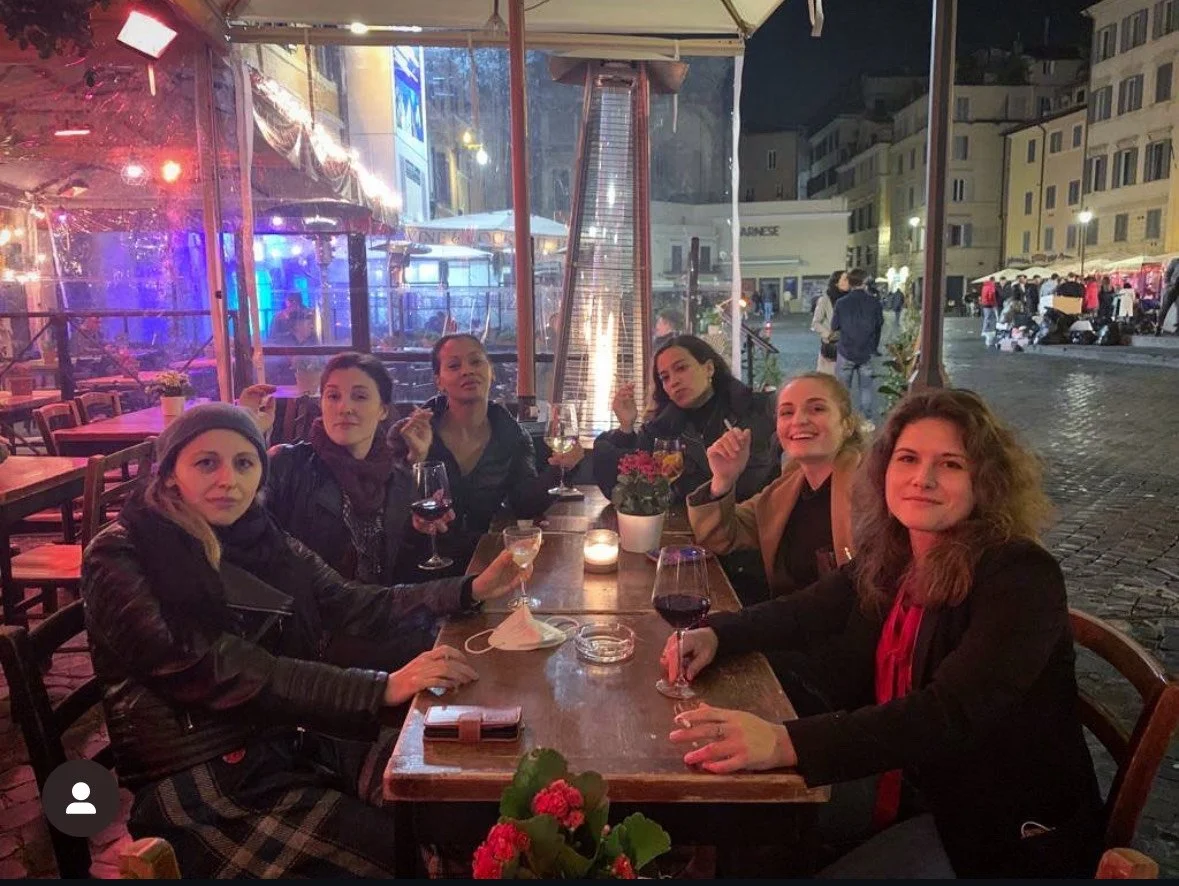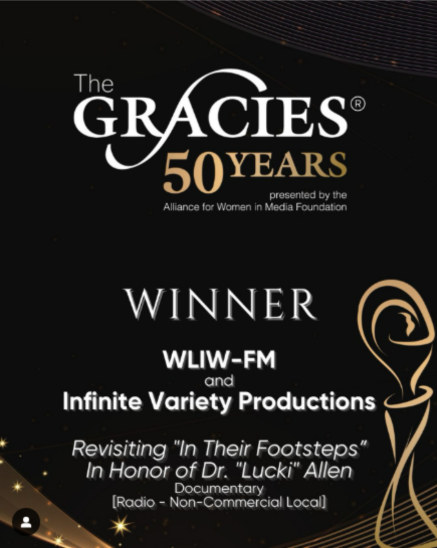Making Things Happen
Whenever people ask me what I do, I try not to give an eye roll-inducing answer.
The short response is: a lot.
The long response is: an actor, a creative entrepreneur, a yoga teacher, a personal trainer, and — the most loaded term of the bunch — a producer.
Pictured: Standard face in the field. Photo by Jacob Dean.
But what is a producer? Have you ever really looked it up? It’s vague, to say the least. Even ChatGPT can’t give a straight answer:
“A film producer is a person who oversees film production (LOL). They may be involved in all phases of the filmmaking process, from development to completion, including securing funding, hiring key staff, and managing budgets, schedules, and contracts.”
— Producers Guild of America (PGA)
“The producer is the person or entity who initiates, coordinates, supervises, and controls all aspects (except creative or artistic decisions) of the production, including financial, marketing, and legal issues.”
— The Broadway League
“A producer is the person who makes things happen. They are responsible for making sure that a project is delivered on time, on budget, and to the desired quality.”
— Creative Skillset (ScreenSkills UK)
It seems like a producer is the one who does the thing. I mean, they’re the ones who accept the Best Picture Oscar, for goodness’ sake.
And the thing seems to determine what the doing is; but sometimes the thing to be done requires the doing to be far more vast that the thing itself. And now, here we are, in a Seussian riddle, tongue-tied and twisted in a labyrinth of words.
Definitions aside, the action and art of producing itself is a sort of endless puzzle where tasks are finished and somehow never complete. What is clear: all of the named and nameless steps between an idea and a finished product are absolutely necessary if you want to actually share your work with the world.
Pictured: Different parts of the process — development (Excavating the Rising Star script development, Bronx, NY, 2022)
Pictured: Different parts of the process — pre-production, rehearsal & production (Excavating the Rising Star rehearsal, NYC, 2023)
Pictured: Different parts of the process — marketing (Bradford, UK, 2024)
Pictured: Different parts of the process — distribution (NYCITFF, 2024)
Anyone can have an idea. A script, a podcast, a play, an image – these inspirations are infinitely abundant.
It becomes one step harder when you sit down to codify the impulse.
Then even harder to edit it.
Harder still to share it.
And borderline impossible to distribute it.
Add in an endless press circuit to market it.
Pepper in the need to generate the energy and the MONEY to sustain even one project – let alone the next one.
But some of us are just crazy enough to DIY their way into making things happen, again and again.
And those people are what I call producers.
I unofficially began producing in 2015, when I was cultivating a little artistic agency at a rad, now-defunct Bushwick garage space-turned-artist-haven called The Hive. I met some incredible people who just oozed creativity. They encouraged me to “create my own work,” and so I did.
I decided I wanted to direct and act in a production of The Tempest…as Prospero, no less (the hubris!). I was 23 and obviously deranged, but I managed to pull together a neat little show that I was very proud of, with the help of a LOT of collaborators.
Actually, the directing and acting were the fun (and relatively easy-ish) parts. The real awakening came when I realized: Oh. I have to get an audience to see this thing.
Pictured: art-making in conversation (2024). Photo by Jacob Dean.
And that was my first, and maybe most important, lesson of producing. You can have the greatest piece of art in the world, but if no one is there to see it, feel it, commune with it – it’s just self-expression. What makes it art, in my mind, is when that individual perspective bumps up against another – an audience, a viewer. The vibration created, the feelings evoked – that’s the art. Perspective in conversation.
This was my personal creative turning point. If I wanted to do this – and get paid for it – I had to start prioritizing my audience.
Pictured: Post-show in Rome with the cast of In Their Footsteps (2021)
Pictured: The streets of Edinburgh with the team behind Pretending to Fly (2023)
My producing journey grew because I started gaining a reputation as a person who makes things happen. First theater. Then traveling theater. Then international traveling theater. A few more years and a couple more notches on my belt got me into the film game (which was always my goal). Then radio. Then podcasts and live events.
Each project presented a unique challenge, built upon the skills from the last, and threw me an unforeseen curveball that required immediate, on-the-ground training, self-taught training. Learning (and failing) in public became the norm. You become the leader that everyone looks to, even when you’re feeling like the least experienced person in the room. But you do it because you’re the producer. You have to make it happen.
Although acting will forever be one of the great loves (and pursuits) of my life, producing has become the whetstone that hones my skills as both a storyteller and a business professional.
I’ve had to learn how to create and manage budgets over long stretches of time, with many personnel to pay and benchmarks to meet. I do web design; train GPTs in branded language; and create pitch decks, EPKs (electronic press kit) and social media assets.
I’ve hauled wooden crates on trains between Milan and Rome; passed out flyers to overwhelmed tourists in Edinburgh, brokered deals between agents and production; written grants; given feedback on first drafts and rough cuts; and somehow managed to get a crew of 25 their correct lunch orders while we were three hours behind schedule.
It’s stressful.
It’s fun.
And it’s what it takes to create the work you want and get it into the world.
Pictured: (top) A sample from Lavender Fields Forever that I built with my producing partner Amelia Bartlett at a/b studios (2025). (bottom) A slide from the In Their Footsteps pitch deck (2025)
This year marks a decade of producing professionally. The best parts by far are the collaborators I’ve met, the places I’ve traveled and the work I’ve helped birth into the world. There’s still a long way to go, and a million ideas on the brain. Resources are always uncertain.
But you can bet I’m going to make it happen.
Here’s how I’m celebrating this month:
The radio program I produced with Infinite Variety Productions and WLIW-FM, Revisiting “In Their Footsteps” in Honor of Dr. Lucki, received a 2025 Gracie Award from the Alliance for Women in Media for excellence in documentary, non-commercial local radio programming. This is a national honor and a huge deal for IVP and the radio station. Congratulations to my team: Ash Singer, Samantha Szekely, Riley McMillan, Nirupa Umapathy, Christina Brown Fisher, and Ann Kelsey. And the biggest thank you to Mama Lucki, who I know is sending us blessings from beyond.
Lavender Fields Forever, the short film I starred in and produced with a/b studios, will have its St. Petersburg, FL premiere Sunday, April 27th at 3pm at the Sunscreen Film Festival. If you’re in the area, I’d love to see you there!
I have a brand new acting reel! Shoutout to Jono from Screen Artists Co-op for his great work. If you’ve got two minutes and change, I’d love for you to check it out.
That’s all!
Until next time –














